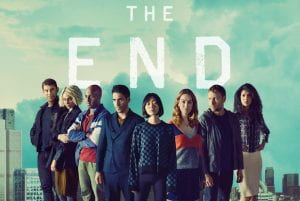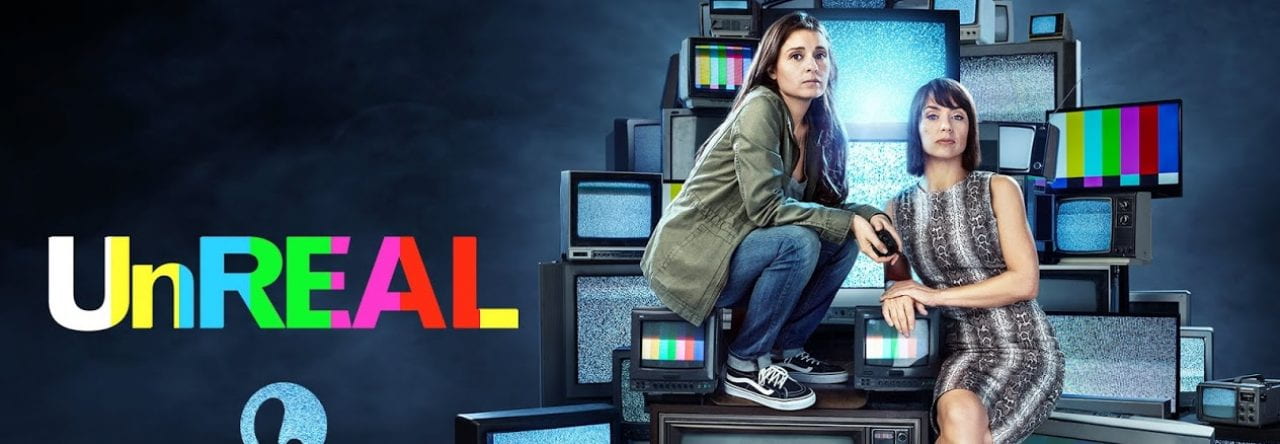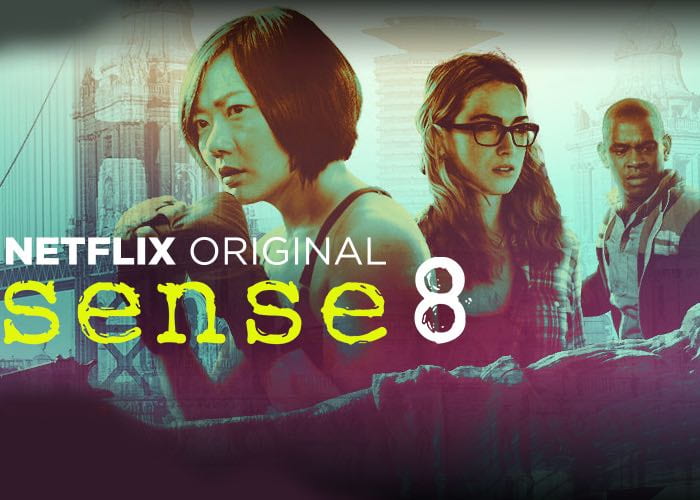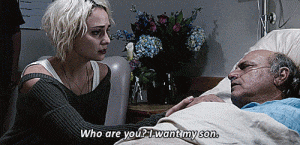Britto, Sarah, et al. “Does ‘Special’ Mean Young, White and Female? Deconstructing the Meaning of ‘Special’ in Law & Order: Special Victims Unit.” Journal of Criminal Justice and Popular Culture, vol. 14, no. 1, 2007, pp. 39–57.
This source is valuable for three reasons. First, it provides an overview in the common ways that crime dramas skew audience perspectives of a reality that few have experienced themselves. It takes a particularly close look at Law and Order: Special Victims Unit, as a case study for crime dramas with a particular theme. The article uses content-analysis to generate characteristics about the way that sexual crimes are portrayed in the fictional television show, and it compares these to real statistics from New York City, where the show is set. Britto et al examine the way that Law and Order SVU depicts, not only perpetrators of crimes, but the victims themselves. Using the statistics gathered, the authors create a characterization of what the show considers “special” victims. The show stresses age as a determining factor to separate innocent (young) victims from evil (old) perpetrators. White victims are also dramatically overrepresented, while minority victims are downplayed. Additionally, the authors note that frequently episodes would center around the murder of males and assaults carried out on males, and they stress that this is an overrepresentation of the prevalence of female sex-offenders. This serves to “de-gender” the issue of rape.
Epinger, Ebonie. Visual and Narrative Aspects of Front-Page Crime Stories for Male and Female Offenders: Does Race and Ethnicity Matter?, University of Nebraska at Omaha, Ann Arbor, 2016. ProQuest, http://prx.library.gatech.edu/login?url=https://search.proquest.com/docview/1830439473?accountid=11107.
This source is valuable because it provides some contrast to the other papers about portrayals of violence and violent offenders in dramatic television by studying the way that actual news broadcasts shift public perception about crime demographics. The source builds on the assumption that the public’s perceptions of crime are affected by what they are exposed to via the media. Epinger et al show how news channels report stories differently depending on the race, gender, and class of the people involved. For instance, mug shots are shown more often for nonwhite offenders than for white offenders. Wealthy offenders are often given the opportunity to speak for themselves while poor offenders are often spoken for by police officers. In general, news outlets are responsible for creating narratives that perpetuate the public’s preconceived ideas about crime, who commits it, and who it is committed against. News outlets emphasize stories that victimize white females, while offering more insight into mitigating factors for the guilt of white criminals.
Fernández-Villanueva, Concepción, et al. “Gender Differences in the Representation of Violence on Spanish Television: Should Women be More Violent?” Sex Roles, vol. 61, no. 1-2, 2009, pp. 85-100. ProQuest, http://prx.library.gatech.edu/login?url=https://search.proquest.com/docview/225369844?accountid=11107, doi:http://dx.doi.org/10.1007/s11199-009-9613-9.
This article takes a valuable look at the way that the gender of perpetrators and victims of violence in Spanish television shows affects viewers’ attitudes and understandings of gender roles. It took a quantitative look at instances of violence in Spanish television shows, and it examined how these instances portray the people involved. The paper finds that women in Spanish television have a “minimal presence” in scenes involving acts of violence. It also finds that women tend to suffer from more serious acts of violence. Those who perpetrate acts of violence against women tend to have more positive outcomes, all while having their actions viewed as less legitimate in the eyes of the show’s narrative. This reveals an inconsistency in the way that shows portray violence. Hurting women is highly frowned upon, yet it is often portrayed as bringing positive outcomes to those who do it. Additionally, the fact the women are almost always in positions of victimhood, perpetuates the stereotypes that women are fundamentally vulnerable.
Lee, Moon J., et al. “Effects of Violence Against Women in Popular Crime Dramas on Viewers’ Attitudes Related to Sexual Violence.” Mass Communication & Society, vol. 14, no. 1, 2011, pp. 25. ProQuest, http://prx.library.gatech.edu/login?url=https://search.proquest.com/docview/856980802?accountid=11107.
This source takes a very interesting look at how thoughtful portrayals of sexual and physical violence in television dramas can be used to combat rape myths. The study had 176 college undergraduates watch clips television crime dramas that featured sexual or physical violence against women and rate them on a number of scales. The source identifies sexual violence as a major public health issue in the United States and it introduces and examines ways that popular crime dramas can affect public attitudes and understandings of sexual violence. For instance, the source found that prime time television crime dramas often show sexual violence, and several have scenes that explain the importance of consent, or clear up common ambiguities or misconceptions about consent when drugs are involved. The source finds that in men who viewed clips of sexual violence, support for traditional gender roles dropped, and that scenes of sexual violence were much less enjoyable than those of physical violence. This lead Lee et al to conclude that accurate portrayals of sexual violence and its effects can help turn men away from potentially violent actions in real life.
Meyer, Michaela D., and E. “The “Other” Woman in Contemporary Television Drama: Analyzing Intersectional Representation on Bones.” Sexuality & Culture, vol. 19, no. 4, 2015, pp. 900-915. ProQuest, http://prx.library.gatech.edu/login?url=https://search.proquest.com/docview/1720398060?accountid=11107, doi:http://dx.doi.org/10.1007/s12119-015-9296-z.
This source is useful for examining another aspect of women’s involvement in television crime dramas. It investigates how intersectionality affects the portrayals of women in the television show Bones. Rather than taking the stance that intersectionality is a positive thing that brings additional diversity to a show, Meyer et al demonstrate how, using a single intersectional character to focus all issues of identity politics, shows can section off such issues and separate them from the main narrative of the show. The result, it is argued, is that audiences continue to see these issues and those that they affect as “other” and do not have to confront them with the same seriousness that they would have to bring to a white character’s problems. This source takes a step away from the issue of violence and victimhood, and instead explores the other ways that modern crime dramas influence our views of the world through “quirky” token intersectional characters.
Parrott, Scott, and Caroline T. Parrott. “U.S. Television’s “Mean World” for White Women: The Portrayal of Gender and Race on Fictional Crime Dramas.” Sex Roles, vol. 73, no. 1-2, 2015, pp. 70-82. ProQuest, http://prx.library.gatech.edu/login?url=https://search.proquest.com/docview/1695352054?accountid=11107, doi:http://dx.doi.org/10.1007/s11199-015-0505-x.
The source is valuable because it takes a very analytical approach to evaluating instances of violence in television shows. Using content analysis, the paper gathered information of 983 characters across 65 episodes of crime television, breaking down aggressors and victims by race and gender. The source analyzed these statistics with the hypothesis that males would be most likely to commit violent crimes, while females would be more likely to be the victims of these crimes. The study found that these hypotheses were supported by the data, and that white female characters were by far the most common victims in crime television. They were the most common targets of violent crime and sexual assault, as well as the most likely demographic to die or be attacked by a stranger. The study discusses how these portrayals can support a myth that overplays the frequency of attacks targeting white women, and disregards violence against other demographics.






